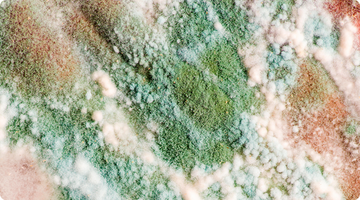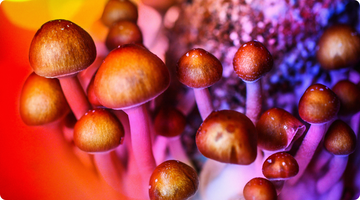Introduction:
In the shadowy corners of the forest floor, a kingdom of fungi awaits discovery. Among these mysterious organisms lies a group that has captivated human interest for centuries: psychedelic mushrooms. Often associated with mind-altering experiences, these fungi have a rich cultural history and are now the subject of renewed scientific attention for their potential therapeutic benefits.
The Ancient Dance: A Cultural History of Psychedelic Mushrooms
Psychedelic mushrooms, also known as psilocybin mushrooms, have been entwined with human culture for centuries. Indigenous societies across the globe, from the Mazatec people in Mexico to the tribes of the Amazon rainforest, have incorporated these fungi into religious and shamanic practices. The Aztecs referred to them as "flesh of the gods," emphasizing their sacred nature.
In the 20th century, psychedelic mushrooms gained prominence in Western counterculture movements. The iconic figure Timothy Leary famously encouraged the exploration of altered states of consciousness through the use of psychedelics, contributing to a cultural revolution that sought to expand human consciousness and challenge societal norms.
The Science Behind the Magic: Psilocybin and the Brain
At the heart of the psychedelic experience induced by these mushrooms is a compound called psilocybin. When ingested, psilocybin is converted to psilocin in the body, which then interacts with serotonin receptors in the brain. This interaction leads to alterations in perception, mood, and cognition, resulting in the characteristic psychedelic effects.
Recent advances in neuroimaging technologies have allowed scientists to delve deeper into the neural mechanisms underlying the psychedelic experience. Studies using functional magnetic resonance imaging (fMRI) and positron emission tomography (PET) have shown increased connectivity between brain regions, suggesting a potential rewiring of neural networks during the psychedelic state.
Therapeutic Potential: From Stigma to Scientific Interest
While psychedelics faced a period of stigma and legal restrictions, there is a resurgence of interest in their therapeutic potential. Research conducted in prestigious institutions such as Johns Hopkins University and Imperial College London has explored the use of psilocybin-assisted therapy for conditions like depression, anxiety, and post-traumatic stress disorder (PTSD).
Studies have shown promising results, with participants reporting significant improvements in mood, a heightened sense of well-being, and even mystical or transcendent experiences. The therapeutic effects are believed to stem from the ability of psilocybin to induce a state of increased introspection, allowing individuals to confront and process deep-seated emotional issues.
The Future: Research and Challenges
As interest in the therapeutic applications of psychedelic mushrooms grows, so does the need for rigorous scientific investigation. Ongoing research aims to elucidate the optimal dosages, treatment protocols, and long-term effects of psilocybin therapy. Additionally, researchers are working to address concerns related to safety, legality, and the potential for misuse.
Challenges include navigating regulatory frameworks, conducting large-scale clinical trials, and integrating psychedelic therapy into mainstream mental health care. Despite these obstacles, the potential benefits of unlocking the therapeutic power of psychedelic mushrooms have sparked a wave of optimism and determination within the scientific community.
Conclusion: Navigating the Psychedelic Landscape
The exploration of the psychedelic realm, facilitated by mushrooms, has a rich cultural history and is now backed by a growing body of scientific evidence supporting its therapeutic potential. As we tread the delicate path between cultural appreciation, scientific inquiry, and responsible use, the future holds promise for a deeper understanding of the mind-altering powers of these fascinating fungi.
In the coming years, as research progresses and societal attitudes evolve, the story of psychedelic mushrooms will likely continue to unfold, revealing new chapters in the intricate relationship between fungi and the human mind.






